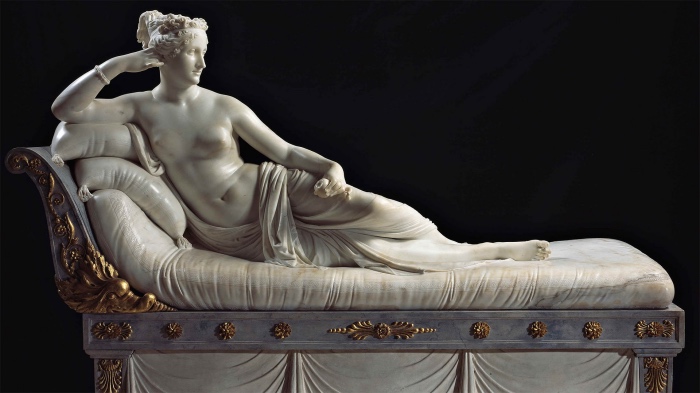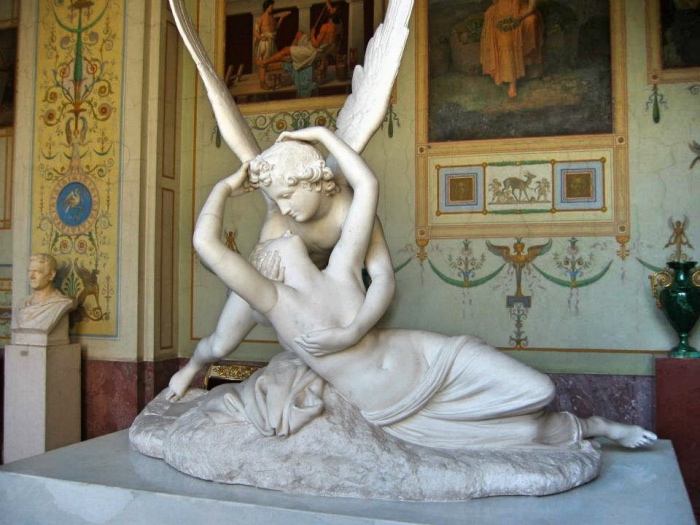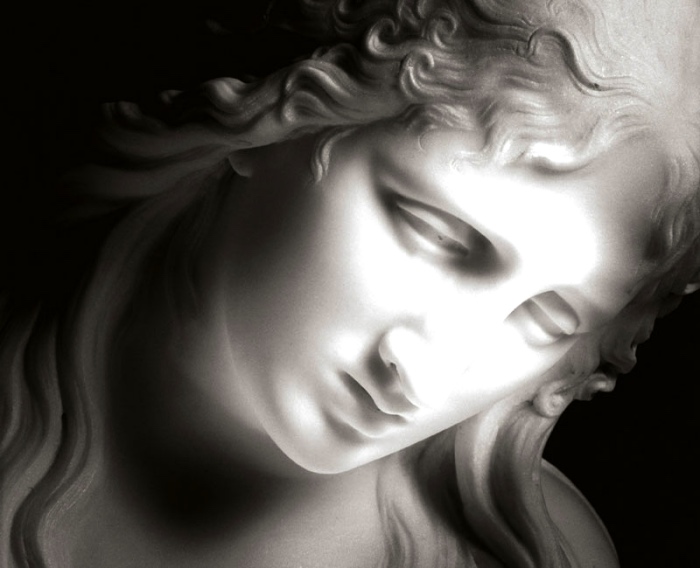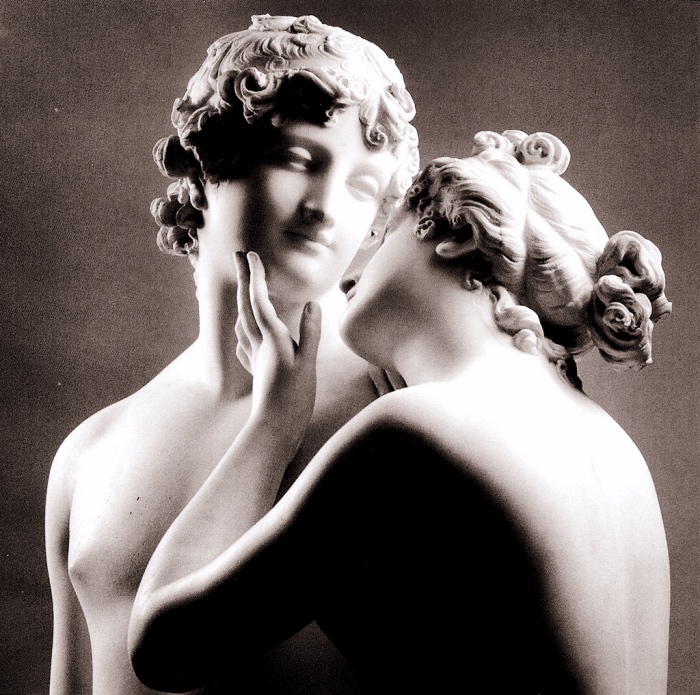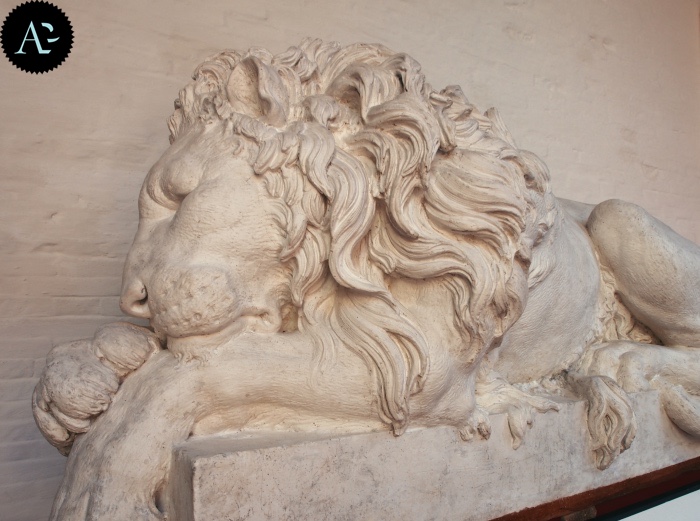PAULINE BONAPARTE: WHERE YOU CAN SEE CANOVA’S SCULPTURE, WHO SHE WAS AND WHY CANOVA PORTRAYED HER AS VENUS VICTRIX (OR VENUS VICTORIOUS)
Pauline Bonaparte was Napoleon Bonaparte’s sister and the wife of Prince Camillo Borghese. Her name is famous because she was portrayed as Venus by Antonio Canova, who made her splendid and immortal.
The whiteness of the marble and the perfection of each detail of this statue made Canova’s Pauline Bonaparte one of the most captivating works of art ever.
In this post I’ll explain who Pauline Bonaparte was, why Canova portrayed her as Venus, and where the statue is located.
READ ALSO – Antonio Canova, life and works.


